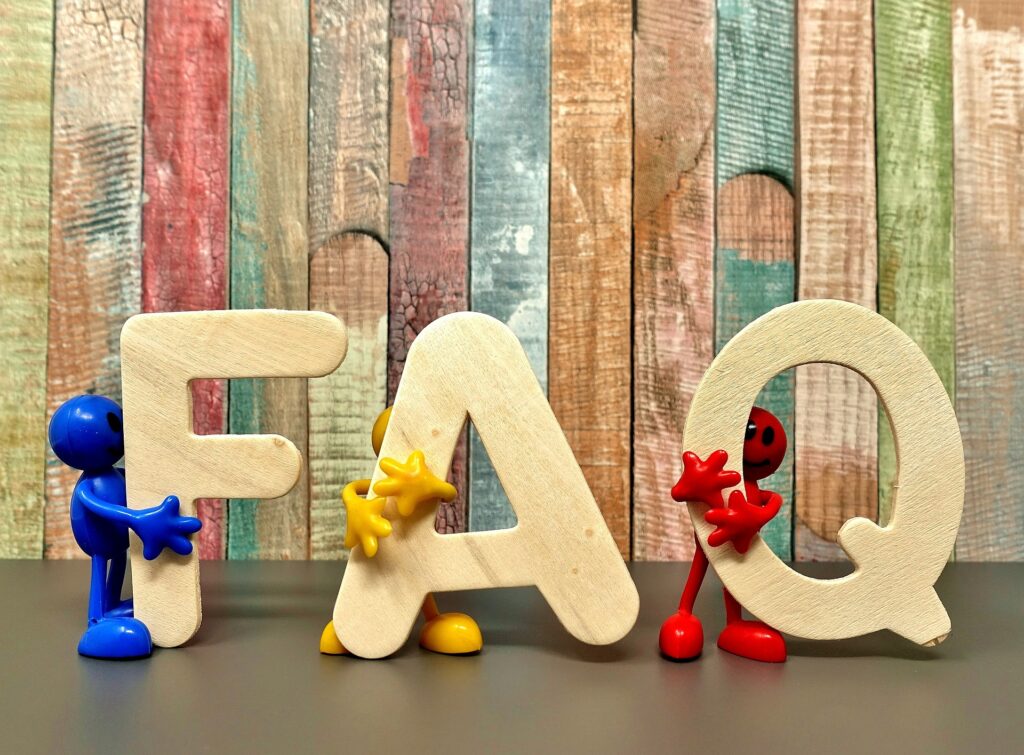FREQUENTLY ASKED QUESTIONS
Get the Answers You Need for Seamless Shipping
FREQUENTLY ASKED QUESTIONS
Get the Answers You Need for Seamless Shipping
FREQUENTLY ASKED QUESTIONS
Get the Answers You Need for Seamless Shipping
Is Blue Wave suitable for everyone to use?
You must be VAT registered to use Horizon logistics ?
Does Blue Wave operate seven days a week?
Yes, we collect and deliver from Monday to Sunday, but we take a short break at the end of December.
Is customs clearance included in the automatically generated freight quote?
Yes, customs clearance is included in our automatically generated freight quotes, ensuring a seamless shipping experience from start to finish.
Do I need to pay for the service in advance?
It depends on your company’s credit score. If our credit scoring provider marks you as trustworthy, you can place orders and pay for them later.
What kind of vehicles are in Our fleet?
Our 3.5 tonne curtainside vans can transport solid cargo of up to 20 cubic meter capacity and not exceeding a weight of 1200kg (10 pallets) each.
Is freight shipping insured with Blue Wave?
Yes, all our services are insured as Goods in Transit for up to €80,000.
Here are some frequently asked questions about customs clearance!

INSPECTION OF DOCUMENTS
When shipments arrive at a port of entry in the United States, they are subject to inspection by U.S. Customs and Border Protection (CBP). During this process, CBP officers inspect the documents associated with the shipment to ensure that all required information is present and accurate.
The most common documents required for clearance are:
- Proof of insurance
- Invoice (unless a commercial sample is worth less than $25)
- Port spending (when applicable)
- A packing list
- Certificate of origin (when applicable)
- Air waybill, inland bill of lading, through bill of lading, and ocean bill of lading
- Pre-shipment inspection certificate (when applicable)
- Transportation invoice
Once CBP has verified all the necessary documentation, they will clear the shipment for entry into the United States.
TAX AND DUTY PAYMENT
After your shipment has been inspected and all required import documentation has been filed, you’ll need to pay any taxes or duties owed on the goods before Customs will release them for delivery. The amount of tax and duty owed depends on several factors, including the type of goods you’re importing, their declared value, and the applicable customs laws.
For example, if you’re responsible for paying taxes and duties (i.e., if your shipment is delivered duty unpaid, or DDU), you need to arrange for payment with the customs authority in your country before they can deliver the goods.
On the other hand, if your shipment is delivered duty paid (DDP), the taxes and duties are included in the price of the goods, and you won’t need to make any additional payments. Either way, it’s essential to be aware of the potential costs involved in importing goods so that you can budget accordingly and avoid a late payment penalty.
SHIPMENT RELEASE
After Customs inspects and assesses the goods, they are released from the warehouse where they have been held. The release process can vary depending on the type of imported goods but typically involves paying any customs duties or taxes owed. Once the release paperwork has been completed, the importer can take possession of the goods and move them to their final destination.
In some cases, goods may be released on a conditional basis, meaning that they must meet specific requirements before they can be moved off-site. For example, toxic chemicals may need to be appropriately labeled and packaged before they are released from customs. Ultimately, the customs clearance process aims to ensure that all imported goods meet all applicable regulations before they enter the domestic market.
EXPECT MULTIPLE CUSTOMS CLEARANCE CHECKS
When sending international shipments, be aware that they need to clear customs in each country your goods must pass through. This means that your goods will be subject to a customs clearance check in each country, and each country’s customs clearance process may have its requirements, standards, etc.
One of the best ways to ensure successful customs clearance is to expect multiple checks. This way, you can be prepared with all the required documents and information for each country and know exactly what to expect at each process step. It’s also a good idea to research the customs clearance requirements of each country in advance so that you can be sure your goods meet all the necessary standards.
CALCULATE YOUR TAX AND DUTIES
For anyone importing goods into the United States, be aware of the potential customs clearance fees that may be owed. These fees are based on the value of the imported goods and the specific tax rates that apply to those goods under the Harmonized Tariff Schedule. In most cases, importers are also required to purchase a bond as surety that all taxes and duties will be paid.
To calculate the overall cost of customs clearance, importers should first determine the value of their goods. They can do this by adding up the cost of all individual items and any shipping or insurance charges. Once they know the total value, importers can look up the specific tax rates that apply to their goods under the Harmonized Tariff Schedule.
These rates vary depending on the type of goods being imported, so it is important to consult the Harmonized Tariff Schedule beforehand. Finally, importers should multiply the total value of their goods by the appropriate tax rate to calculate the taxes and duties they will owe.
While navigating the customs clearance process can be tricky, taking the time to calculate taxes and duties upfront can help ensure a smooth and successful importation. In addition, by knowing how much is owed in fees, importers can avoid any unexpected charges or delays at the border.
